Bush Onion,
Bulbous Flat-sedge
Display all 7 images
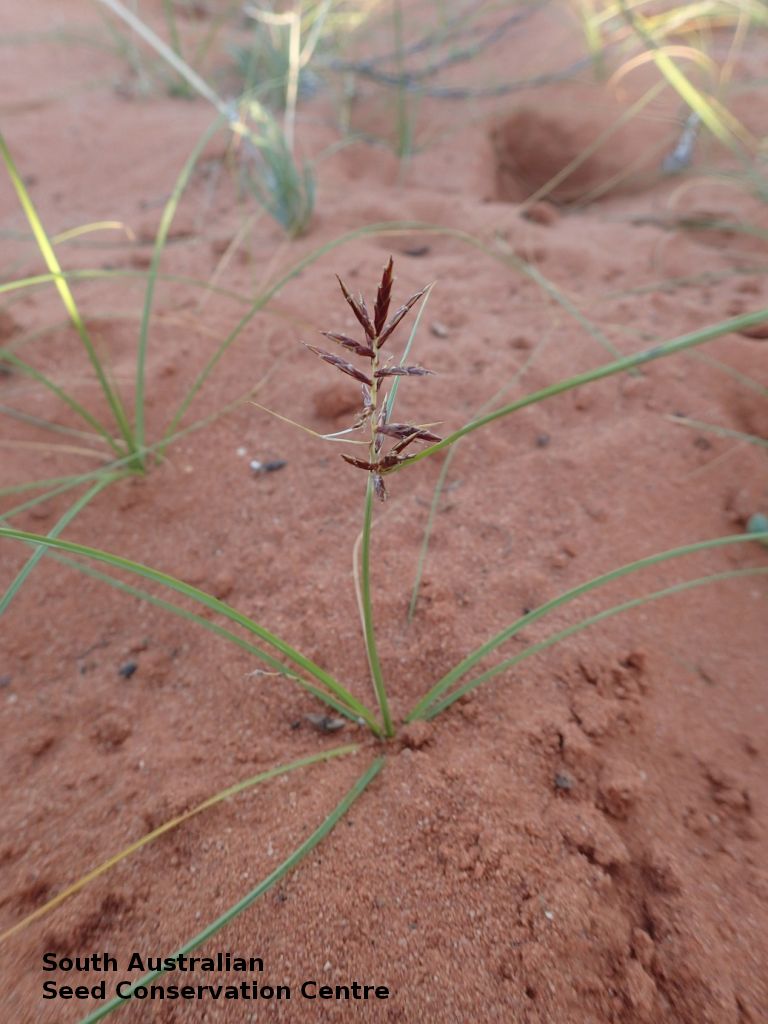
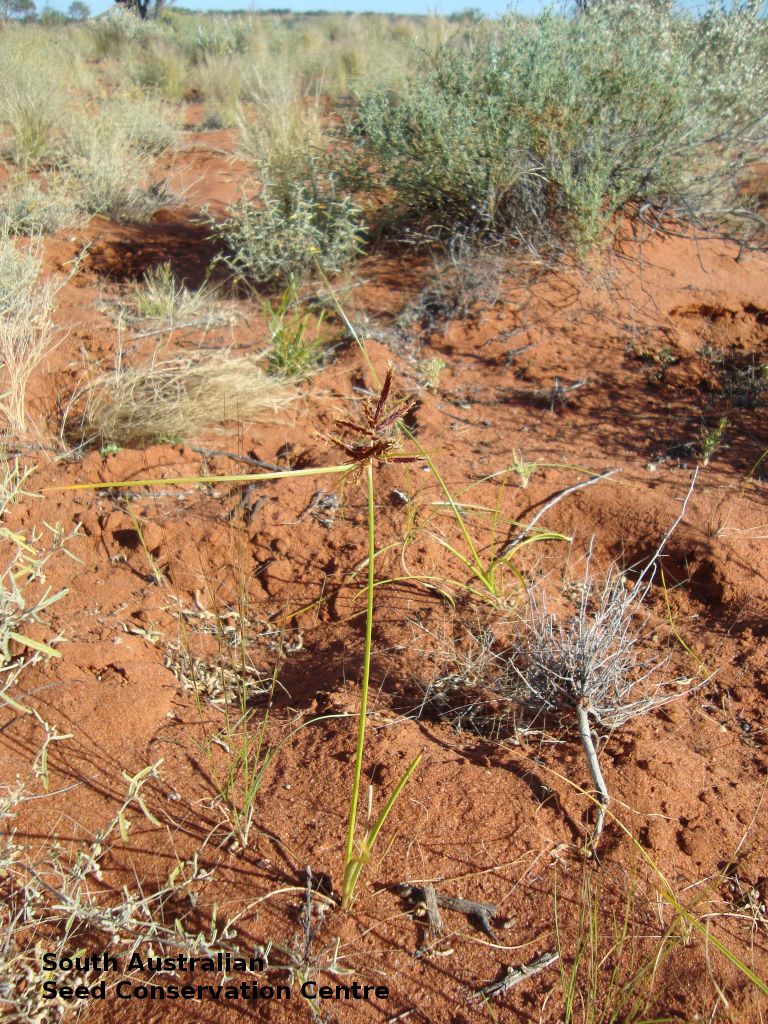
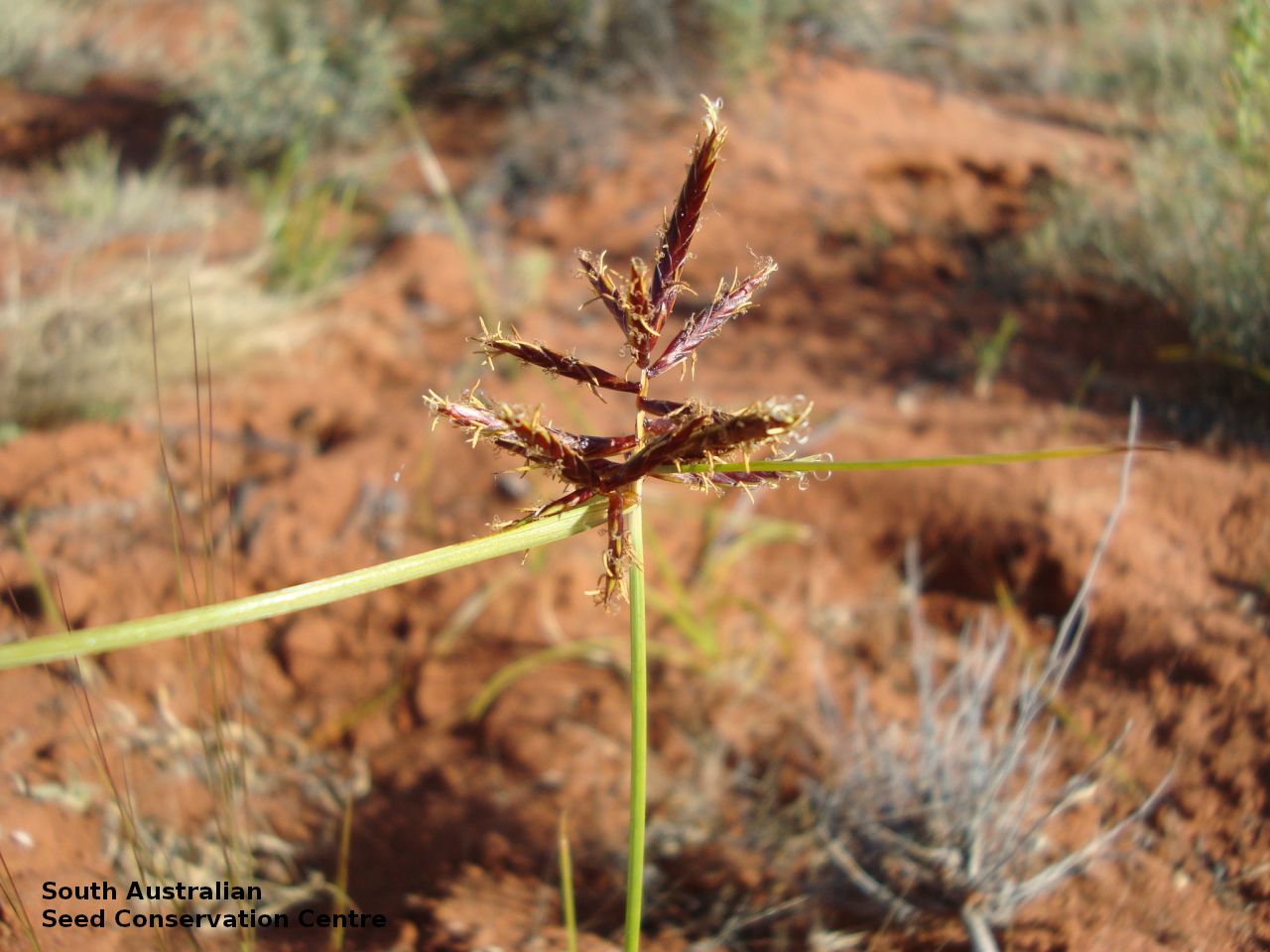
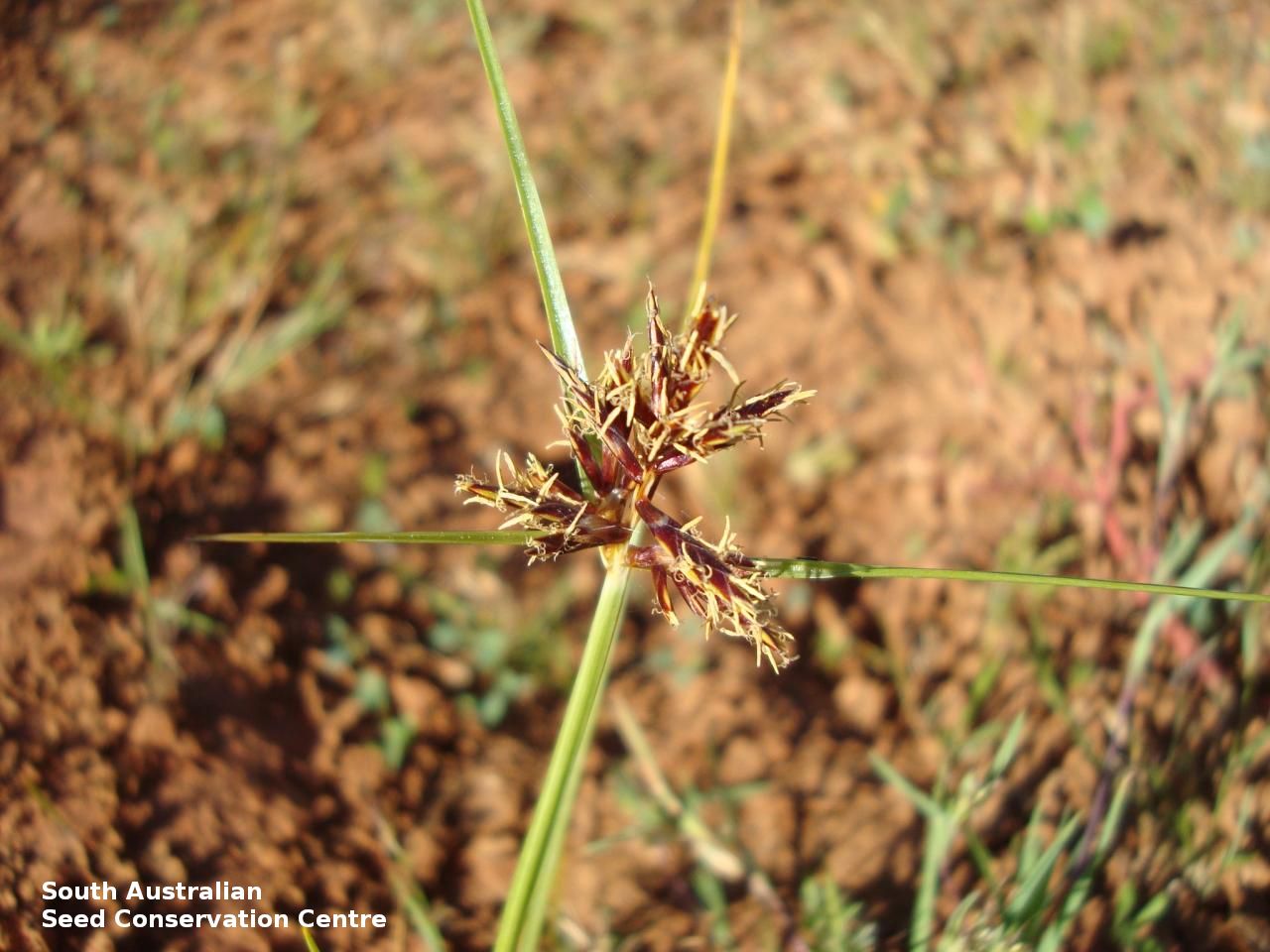
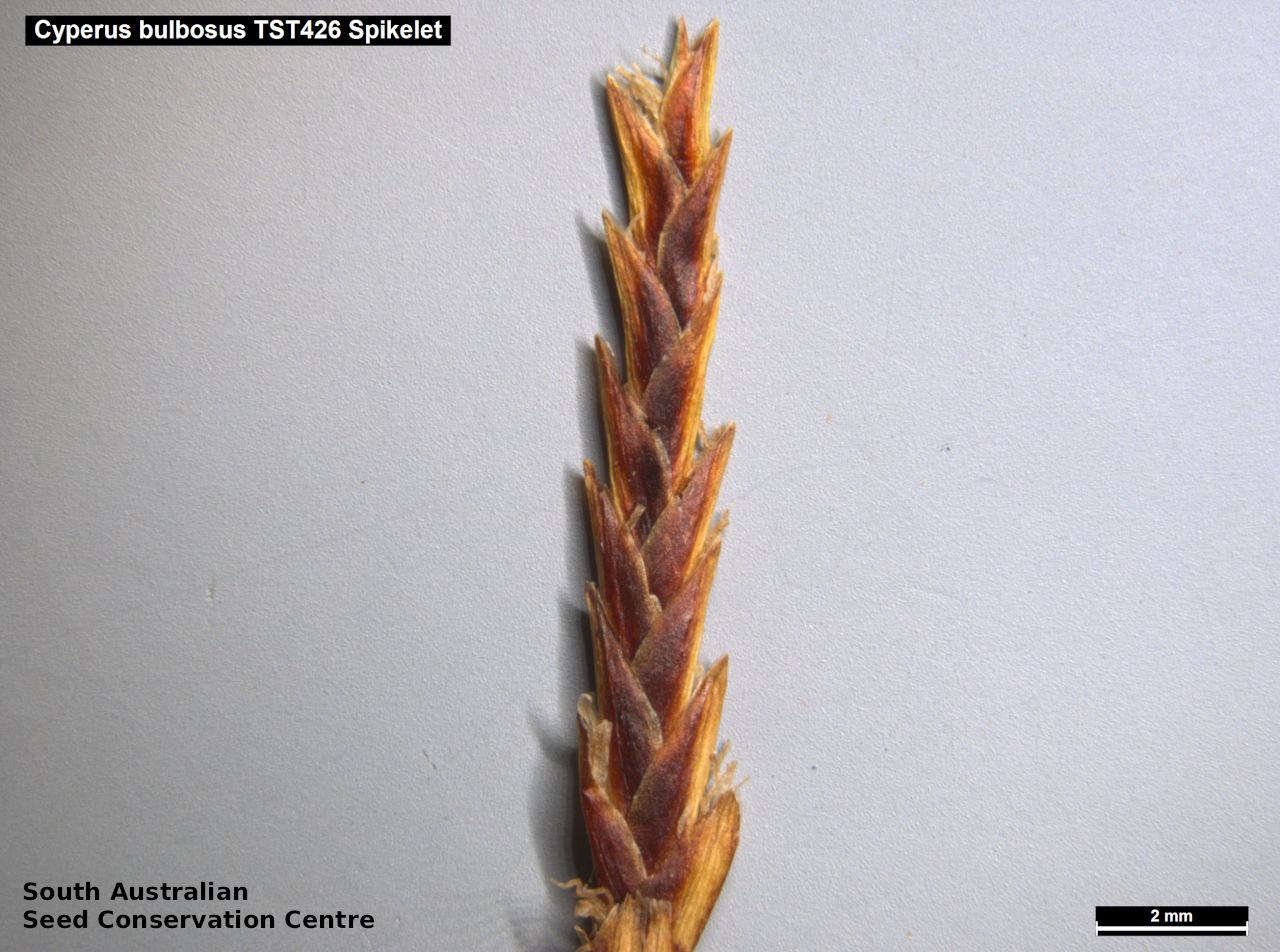
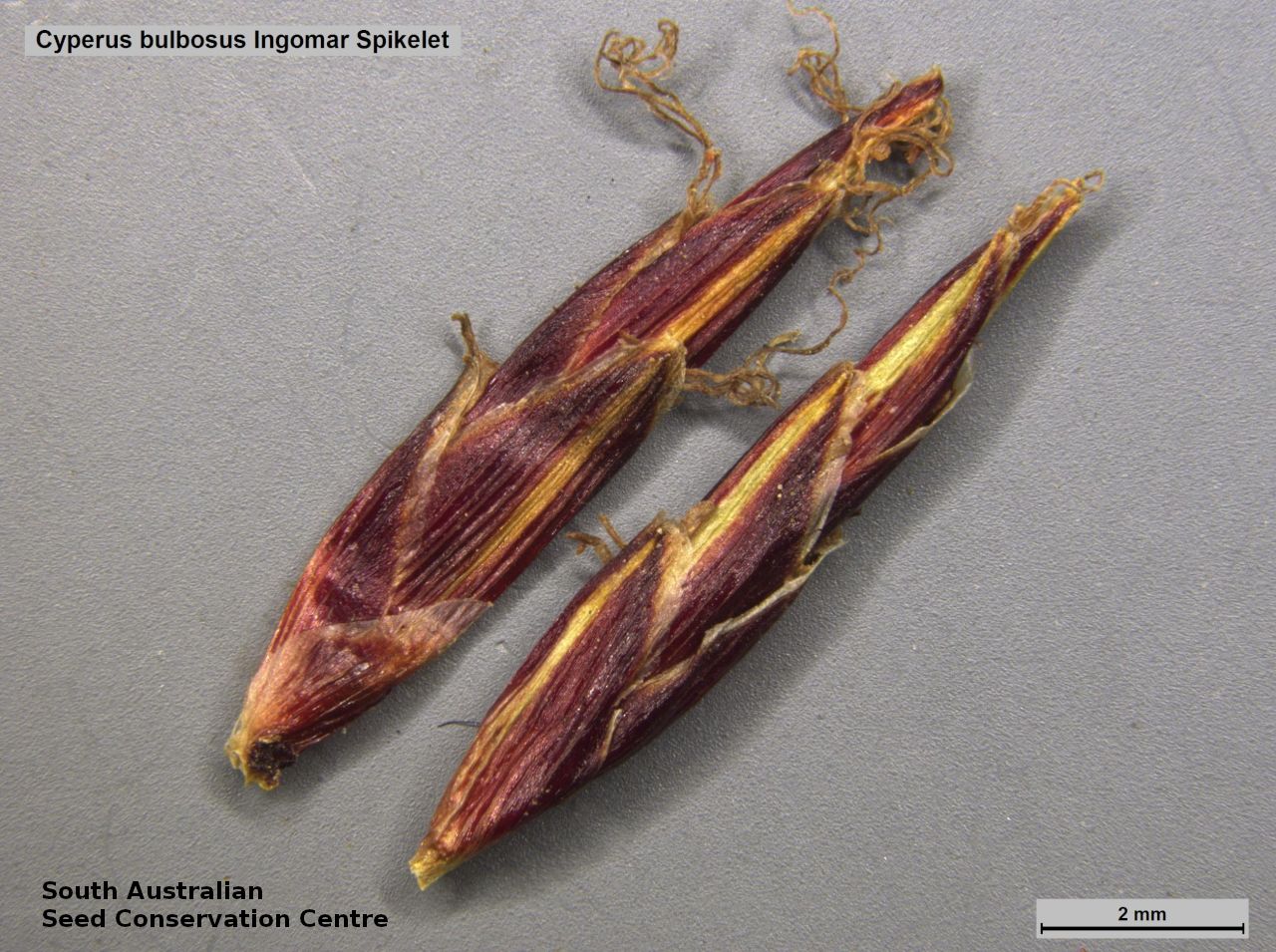
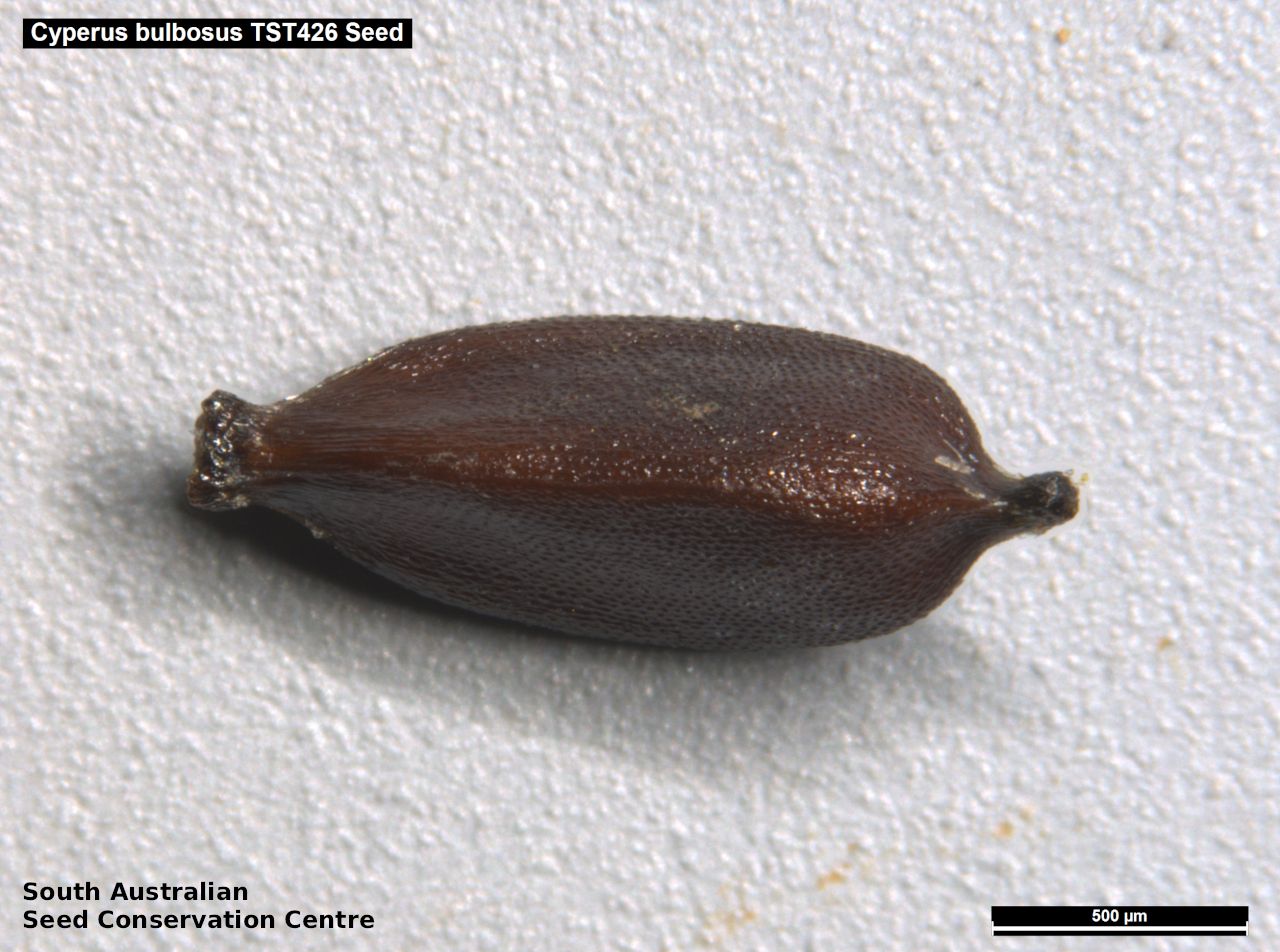
Regional Species Conservation Assessments per IBRA subregion.

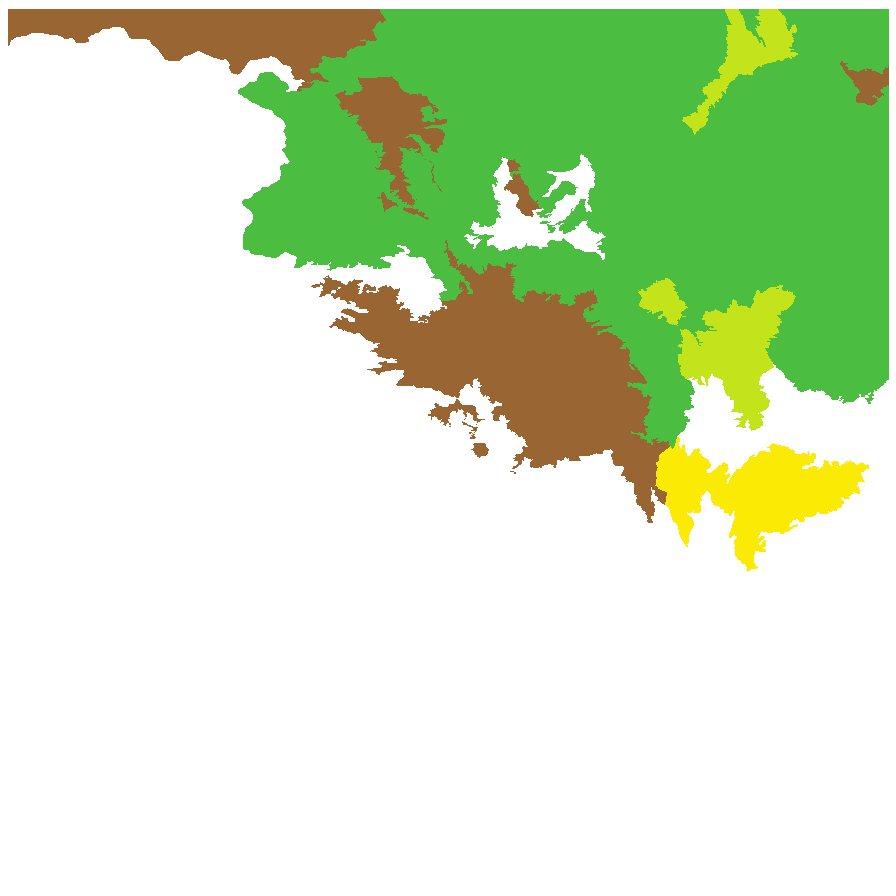
Least concern
Near threatened
Rare
Vulnerable
Endangered
Critically endangered
Extinct
Data deficient
Adelaide
Arkaroola
Ceduna
Coober Pedy
Hawker
Innamincka
Marla
Marree
Mount Gambier
Oodnadatta
Renmark
Wudinna
Keith
Yunta
Display IBRA region text
| Olary Spur (FLB03) | Flinders Lofty Block | Vulnerable (IUCN: VU D1+2) [edge of range] |
| Southern Flinders (FLB04) | | Vulnerable (IUCN: VU D1+2) [edge of range] |
| Northern Flinders (FLB05) | | Near Threatened [needs drainage lines] |
| Gawler Lakes (GAW03) | Gawler | Rare (IUCN: RA d(ii)) [southern limit] |
| Arcoona Plateau (GAW04) | | Rare (IUCN: RA d(ii)) [southern limit] |
| Kingoonya (GAW05) | | Rare (IUCN: RA d(ii)) [southern limit] |
| Torrens (GAW06) | | Least Concern [needs drainage lines] |
| Roxby (GAW07) | | Rare (IUCN: RA d(i,ii)) [needs drainage lines] |
| Tallaringa (GVD05) | Great Victoria Desert | Least Concern [needs drainage lines] |
| Simpson Desert (SSD02) | Simpson Strzelecki Dunefields | Least Concern [needs drainage lines] |
| Dieri (SSD03) | | Least Concern [needs drainage lines] |
| Strzelecki Desert (SSD05) | | Least Concern [needs drainage lines] |
| Breakaways (STP01) | Stony Plains | Rare (IUCN: RA d(i,ii)) [needs drainage lines] |
| Oodnadatta (STP02) | | Least Concern [needs drainage lines] |
| Murnpeowie (STP03) | | Least Concern [needs drainage lines] |
| Peake-Dennison Inlier (STP04) | | Rare (IUCN: RA d(i,ii)) [needs drainage lines] |
| Macumba (STP05) | | Least Concern [needs drainage lines] |
| Witjira (STP06) | | Least Concern [needs drainage lines] |
| Baltana (STP07) | | Least Concern [needs drainage lines] |
| Sturt Stony Desert (CHC02) | Channel Country | Least Concern [needs drainage lines] |
| Diamantina-Eyre (CHC04) | | Near Threatened [needs drainage lines] |
| Coongie (CHC06) | | Least Concern [needs drainage lines] |
| Lake Pure (CHC07) | | Rare (IUCN: RA d(ii)) [needs drainage lines] |
| Mann-Musgrave Block (CER01) | Central Ranges | Rare (IUCN: RA d(ii)) [needs drainage lines] |
| Everard Block (CER03) | | Least Concern [needs drainage lines] |
| Tieyon (FIN03) | Finke | Rare (IUCN: RA d(i,ii)) [needs drainage lines] |
| Pedirka (FIN04) | | Least Concern [needs drainage lines] |
| 3 of 6 subregions | Flinders Lofty Block | Near Threatened , Vulnerable |
| 5 of 8 subregions | Gawler | Least Concern , Rare |
| Tallaringa (GVD05) | Great Victoria Desert | Least Concern [needs drainage lines] |
| 3 of 4 subregions | Simpson Strzelecki Dunefields | Least Concern |
| 7 of 7 subregions | Stony Plains | Least Concern , Rare |
| 4 of 4 subregions | Channel Country | Least Concern , Near Threatened , Rare |
| 2 of 3 subregions | Central Ranges | Least Concern , Rare |
| 2 of 2 subregions | Finke | Least Concern , Rare |
Botanical art
Kath Alcock paintings: 5
Prior names
Cyperus andrewsii
Common names
Bush Onion
Bulbous Flat-sedge
Etymology
Cyperus from the Latin 'cyperos' and derived from the Greek 'kypeiros', an ancient Greek name used by Homer and Theophrastus for several plants of this genus. Bulbosus from Latin meaning bulbous, referring to the numerous ovoid bulbils at the ends of the rhizomes.
Distribution and status
Found in north-east South Australia growing on sand near claypans. Also found in Western Australia, Northern Territory, Queensland and New South Wales. Native. Common in South Australia. Common in the other States.
Herbarium regions: North Western, Lake Eyre, Gairdner-Torrens, Flinders Ranges, Eastern
NRM regions: Alinytjara Wilurara, South Australian Arid Lands
AVH map: SA distribution map (external link)
Plant description
Perennial sedge to 35 cm high, producing numerous ovoid shining bulbils at the ends of the rhizomes, the latter very soon disintegrating. Stems slender, triquetrous. Leaves numerous, almost setaceous, about as long as the stem. Inflorescence of rather few spikelets arranged in a simple or compound spike or short corymb, with the rays and bracts distant from one another, one or more of the lower bracts longer than the inflorescence. Spikelets reddish to pallid, linear or somewhat lanceolate to 30 mm long and 2 mm wide, with 10-28-flowers. Flowering between April and July. Fruits are reddish-brown loose spike. Seeds are dark brown oblong triangular seed to 1.8 mm long and 0.6 mm wide, with fine tuberculated surface. Seed embryo type is capitate.
Seed collection and propagation
Collect seeds between June and October. Collect fruits by picking off the mature heads, those turning brown colour and come-off easily. Place the heads in a tray and leave to dry for one to two weeks. Then rub the heads with a rubber bung to dislodge the seeds. Use a sieve to separate any unwanted material. Store the seeds with a desiccant such as dried silica beads or dry rice, in an air tight container in a cool and dry place.
| Location | No. of seeds
(weight grams) | Number
of plants | Date
collected | Collection number
Collection location | Date
stored | % Viability | Storage
temperature |
MSB |
4,600 (1.43 g) | 50+ | 3-Apr-2007 | RJB71180
Eastern | | | |
Location: BGA — the seeds are stored at the Adelaide Botanic Gardens, MSB — the seeds are stored at the Millennium Seed Bank, Kew, England.
Number of plants: This is the number of plants from which the seeds were collected.
Collection location: The Herbarium of South Australia's region name.
% Viability: Percentage of filled healthy seeds determined by a cut test or x-ray.







